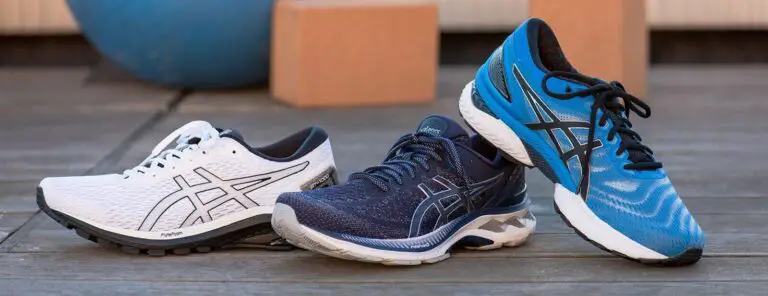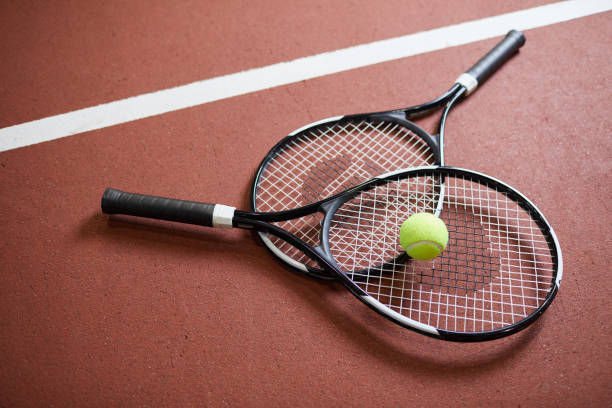Can A Chiropractor Help With Tennis Elbow?
Tennis elbow symptoms respond well to chiropractic care because a chiropractor can check and treat the elbow and the rest of the arm.
Can A Chiropractor Help With Tennis Elbow? Yes, a chiropractor can treat tennis elbow. Tennis elbow, sometimes referred to as lateral epicondylitis, is a disorder that causes elbow pain that can spread to the forearm and wrist.
It is frequently brought on by tendon inflammation or degeneration brought on by overuse injuries to the forearm muscles.

Tennis elbow can be diagnosed and treated by chiropractors and medical practitioners focusing on musculoskeletal diseases. They employ various techniques to address the condition’s underlying causes and relieve pain and discomfort.
For tennis elbow chiropractic care may include the following:

Spinal and extremity adjustments:
Chiropractic professionals are trained to realign the spine and other joints, including the elbow and other damaged extremities.
Chiropractors seek to return the musculoskeletal system’s alignment and functionality using controlled force and delicate manipulation techniques. Modifying any joint limitations or imbalances contributing to tennis elbow can be relieved.
Soft tissue therapy:
Chiropractors employ various soft tissue methods to treat muscular tension and encourage healing in the injured area. One of these methods is massage, which works the muscles and soft tissues around the elbow by applying pressure and moving them.
The fascia, the connective tissue that envelops muscles and tendons, may also be targeted using myofascial release treatments to relieve tension. Instrument-assisted soft tissue mobilization can also treat soft tissue dysfunction and successfully encourage tissue repair.
Rehabilitation exercises:
To help tennis elbow patients regain strength, flexibility, and range of motion in the afflicted area, chiropractors frequently recommend a specific set of stretches and exercises.
The forearm, wrist, and elbow muscles are the focus of these workouts, which aim to develop and enhance the function of these muscles.
Stretching exercises can also increase flexibility and aid in recovery. To help patients avoid future damage and to speed up recovery, chiropractors offer instruction on good technique and develop the exercises gradually.
Lifestyle modifications:
Chiropractic doctors understand the value of modifying one’s lifestyle to treat tennis elbow. They can offer helpful advice on ergonomic changes, especially for activities that may contribute to the disease, such as repetitive motions or incorrect forms.
To lessen the strain on the elbow joint, chiropractors may advise changing jobs or athletic techniques. Chiropractors aim to prevent symptom aggravation and help the healing process by addressing these lifestyle issues.
How Do I Know I Have a Tennis Elbow?
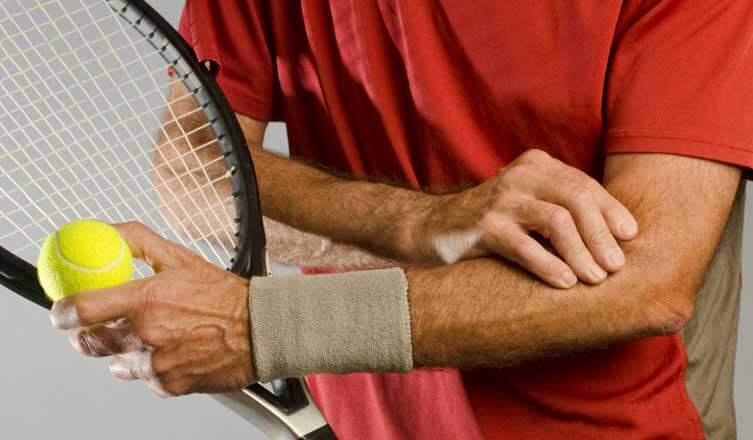
There are numerous crucial signs and symptoms to diagnose tennis elbow. How to spot the condition is as follows:
Pain and tenderness:
Tennis elbow often produces pain and tenderness on the outside of your elbow. This soreness, which can be mild to severe, frequently lingers. Your elbow may hurt even when it is at rest.
The bony hump on the outside of your elbow, where the tendons of your forearm muscles attach, is typically the area of soreness. Additionally, the area may become sensitive to pressure, and pressing on that particular place may cause pain.
Forearm and wrist pain:
Tennis elbow can cause pain that is not limited to the elbow. You might feel pain at the back of your hands occasionally and on the outside of your forearm.
Following the path of the tendons afflicted by the illness, this discomfort may spread down the forearm. Lifting objects or holding firmly might aggravate pain in the wrist and forearm caused by specific movements and activities.
Difficulty with specific actions:
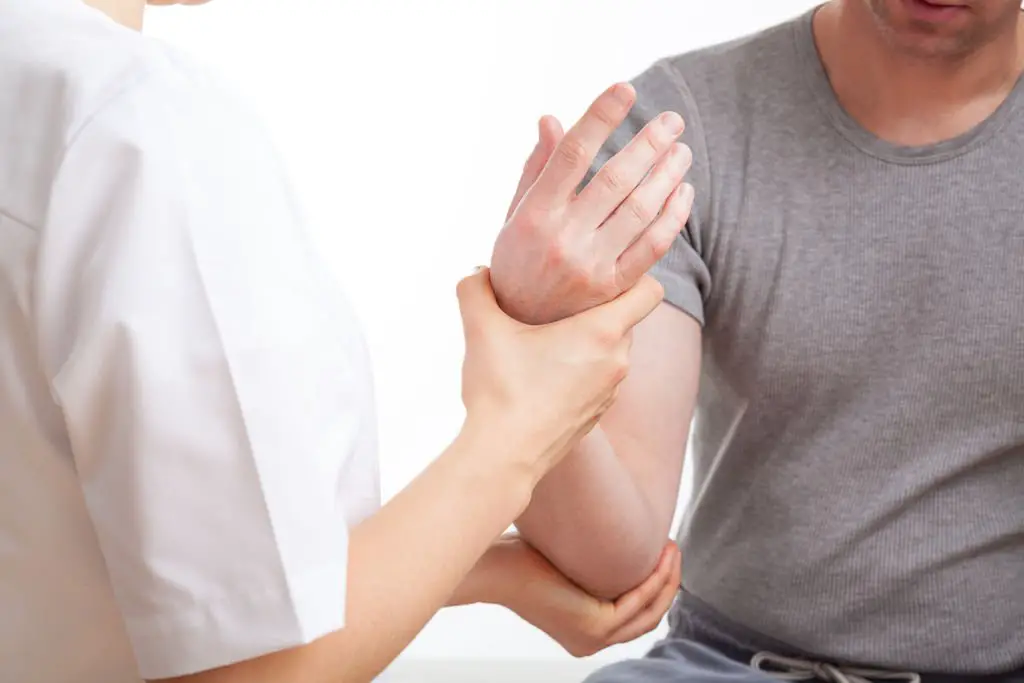
Certain arm and hand movements can be complicated if you have a tennis elbow. For instance, grasping or shaking your hands can hurt or be uncomfortable.
You might also experience pain when you create a fist, turn a doorknob, or handle a cup of coffee.
The impacted tendons must be engaged to perform these tasks, and their overuse or strain can cause pain and reduced performance.
Worsening pain during activities:
Tennis elbow pain usually gets worse when doing things that strain the affected area. Pain can worsen by twisting forearm motions, such as when using a screwdriver or similar motions.
Repeated wrist actions, especially extending the wrist and grasping things, might exacerbate the discomfort. Pain may be felt when lifting or bending your arm, grasping small objects like a pen, or twisting your forearm to turn a door handle or open a jar.
Pain and stiffness during arm extension:
You might feel discomfort and stiffness when you fully extend your arm in the elbow area. Completely straightening your arm might be uncomfortable and sometimes painful.
This restriction on the range of motion might affect daily tasks that call for full arm extension, such as reaching or lifting something overhead.
What Causes Tennis Elbows?
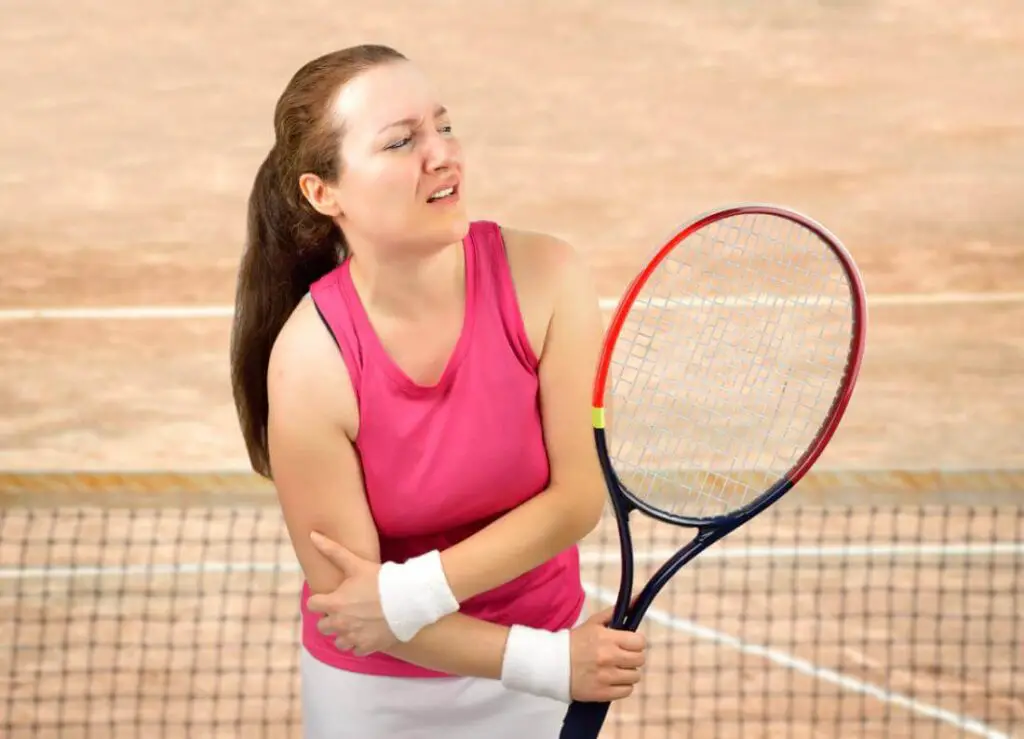
Tennis elbow, often referred to as lateral epicondylitis, is a painful ailment that develops when the tendons in the elbow become overworked, usually due to repetitive wrist and arm motions.
Even though the term suggests a strong connection to tennis, it can happen to people involved in other activities involving repetitive motions. Here is a step-by-step explanation of tennis elbow’s causes:
Overuse and repetitive motions:
The leading causes of tennis elbow are overuse and muscle tension. The muscles in the forearm that straighten and raise the hand and wrist repeatedly contract, causing it to form.
When executed with poor technique, some tennis strokes, notably the backhand, can contribute to the onset of tennis elbow.
Tiny tears in the tendons connecting the forearm muscles to the bony prominence on the outside of the elbow might result from the repeated nature of these actions and the stress placed on the tissue.
Backhand stroke and technique:
Tennis elbow is more likely to occur when you play, mainly when your backhand form is poor. The tendons that roll over the end of the elbow might be injured when making a backhand stroke, which can cause symptoms to appear.
Tennis elbow is a disorder that can afflict people who play other racquet sports as well as tennis, despite the fact that tennis is typically linked with the ailment.
Gripping and strain:
Tennis elbow can develop due to overly tight racket grips or equipment that isn’t appropriate for a player’s style of play.
When gripping motions, such as hitting the ball off-center with the racket or utilizing heavy, moist balls, the forearm muscles are put under excessive tension, which can damage the tendons.
How Can a Tennis Elbow Be Treated?
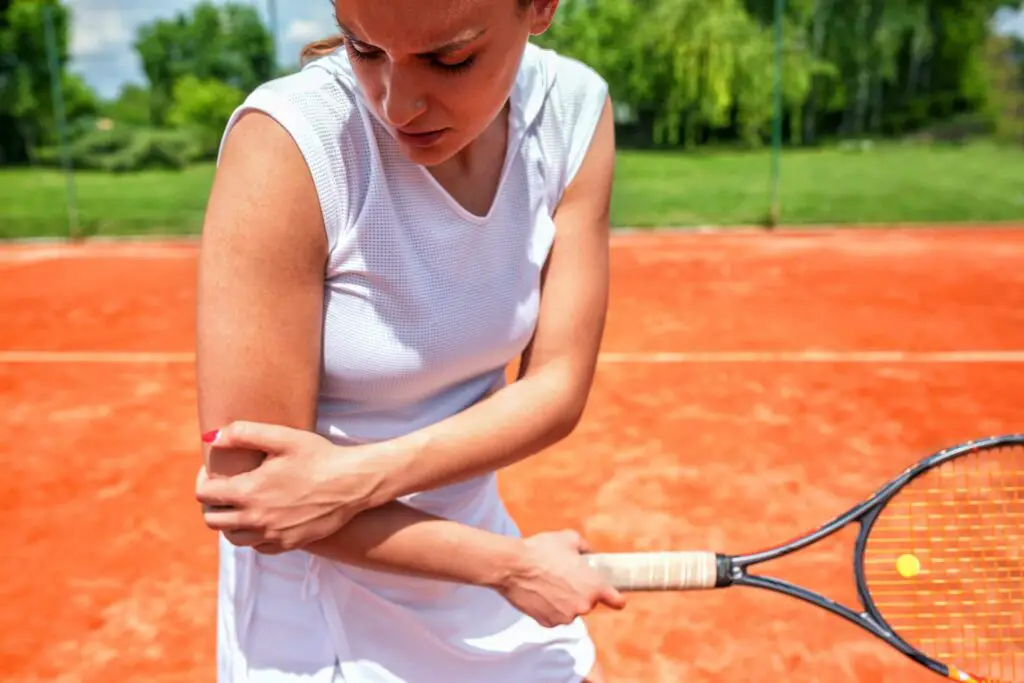
There are several ways to treat tennis elbow, which is also referred to as lateral epicondylitis. Here are several treatments that are frequently suggested:
Rest and Avoiding Aggravating Activities:
Resting the hurt arm and refraining from exerting the muscles and tendons in question is critical. This promotes tissue healing and averts additional harm. It is advised to halt or alter problematic activities.
Pain Relievers:
Tennis elbow pain and inflammation can be managed with the help of over-the-counter painkillers such as ibuprofen (Advil, Motrin IB) or naproxen (Aleve). But seeing a doctor is crucial, particularly if long-term use is required.
Cold Therapy:
Add ice or a cold pack for around 15 minutes daily to lessen pain and swelling. Ensure the ice or cold pack is covered with a towel to protect the skin.
Physical Therapy:
Tennis elbow frequently requires physical therapy. You can learn exercises from a physical therapist to gradually lengthen and tone the muscles, especially the forearm muscles.
Exercises called eccentrics, in which the wrist is slowly lowered after being raised, are frequently helpful. Additionally, therapists may assess your work habits or approach to lessen stress on the affected tissue. A forearm strap or brace may be used to reduce stress.
Steroid Injections:
In other situations, a doctor could advise injecting drugs like corticosteroids directly into the sore tendon to reduce inflammation and offer comfort. Usually, a medical expert oversees the administration of these injections.
Other Procedures:
If conservative therapy has failed, further operations could be considered in some cases. Examples include prolotherapy (injecting an irritant), injections of platelet-rich plasma, Botox, or ultrasonic tenotomy (TENEX treatment). Both healing and symptom relief are the goals of these therapies.
Conclusion:
Tennis elbow can be effectively treated by combining self-care techniques with professional treatment. Symptoms can be reduced by resting the injured arm, avoiding activities that worsen them, and taking painkillers.
Physical therapy is frequently advised, and this includes muscle-strengthening and stretching exercises. Steroid injections or other procedures might be considered in specific situations.
As the severity and length of treatment differ, it is crucial to visit a healthcare professional for a precise diagnosis and individualized treatment plan. Most tennis elbow people can recover and have pain relief with the right therapy.
REFERENCES:
- https://asia-chiropractic.com/services/tennis-elbow/
- https://www.mayoclinic.org/diseases-conditions/tennis-elbow/diagnosis-treatment/drc-20351991
- https://www.nhs.uk/conditions/tennis-elbow/symptoms/
- https://www.webmd.com/fitness-exercise/tennis-elbow-lateral-epicondylitis
- https://www.mayoclinic.org/diseases-conditions/tennis-elbow/symptoms-causes/syc-20351987
Related Posts
Do Tennis Pros Use Dampeners? ( Why They Are So Important? )
Tennis Vs. Volleyball – A Detailed Analysis Of Both Sports
How Much Does A Pair Of Tennis Shoes Weigh?
Tennis Rackets Vs Badminton Rackets ( A Detailed Comparison )




